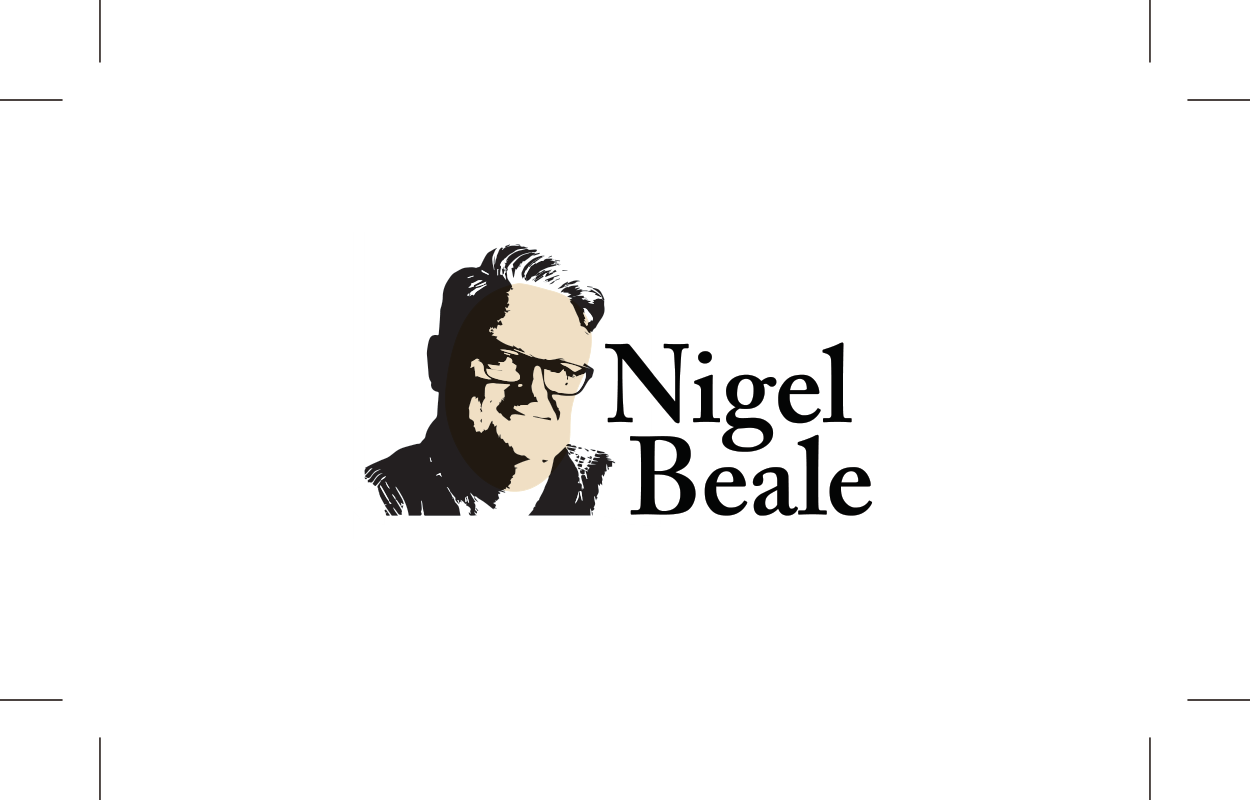Collecting a Series
In preparation for this article - looking for ideas on what kind of books to collect - I visited Cunningham Books in Portland, Maine to ask its knowledgeable proprietor, Nancy Grayson, what she collected. Around the corner we went, to face a neat little shelf full of slim, elegant books from the Britain in Pictures series published by Collins in the 1940s. There were about twenty five in all - half of them first printings. I took what I’d found over to the counter, in so doing thanking Nancy for planting in me the same demon that has possessed her for the past twenty years: a consuming desire to own the entire set of 132. After two decades her collection now sits somewhere in the mid 120s. Heaven knows how long it’ll take for me to get there.Published mostly during WW ll, Britain in Pictures was likely spurred by a desire to instill pride in the population - to acknowledge and celebrate the nation’s unique contribution to the Arts, Science, Industry and Culture in the face of a terrible threat. The series - hailed at the time, and since, as a fine social history - explores many topics: from nursing and golf to furniture, photographs, mountains and guilds. Each volume is written by a noted authority or talent of the day; each is beautifully illustrated.The list of authors recruited is an impressive who’s-who of the period: George Orwell on the British People, Cecil Beaton on English Photographers, Francis Meynell on English Printed Books, Graham Greene on British Dramatists, John Betjeman on English Cities and Small Towns to name only a few.Octavo sized with paper boards and matching dust jackets, the books not only exhibit great charm, their content is enlightening…one can learn much from their pages: John Baskerville, for example, was over fifty when he took to printing (as was William Morris after him); he spent two years designing the type which bears his name. With it, he printed 55 books, including Virgil (1757) of which Lord Macaulay wrote “it went forth to astonish all the librarians of Europe.”Although I’ve seen them on sale for upwards of $50 each, most come in at between $8-15 depending upon condition and author. They’re cheap and plentiful: a pretty good combination if you’re looking for a fun, affordable, rewarding set of books to collect.Another that shares these attributes is The Modern Library. More than 750 titles have been published in the series, which began life in 1917 thanks to Albert Boni and Horace Liveright. The Library was their firm’s first big venture, an imitation of the highly successful British Everyman series. The objective was to produce well-made reprints of the classics for the ‘common man’ at low prices - 60 cents a-piece against close to a dollar that others were charging.After World War II the rallying call for the Library became: "Hardback books at paperback prices" From inception ‘til the 1970s when the series was discontinued, production quality remained high and prices low.As avid collector and Webmaster of Collecting the Modern Library ( www.ModernLib.com ) Scott Kamin tells it, there are many ways to collect the Modern Library. In fact this is one reason it’s so much fun. Variety is a direct result of both the series' longevity and a willingness on the part of management to experiment with format.By number: Save for a few highly prized exceptions, Modern Library titles issued from 1919 to 1970 each came with a unique number on the dust jacket spine. A total of 498 numbered titles, including 102 ‘Giants’, are there for the taking.By size: Starting with Tolstoy's War and Peace in 1931, ‘Giant’ editions were introduced so that books with too many pages to fit into the standard binding could be included in the series.If big isn’t your thing, perhaps strong is.By format: Buckram editions were produce briefly in the late 1920's and then more successfully in the 1960's for use in libraries and other places where a lot of people were expected to handle them. Much sturdier than the standard Modern Library books, they were the only ones issued with neither a dust jacket nor cardboard case. There are 376 known numbered buckram titles in the regular series and 71 in the Giants.According to Scott you can drive a Modern Library title off the lot for less than $8.00 a copy (without dust jacket). Typical prices for non-First common standard edition titles with dust jackets in VG/VG condition are as follows: $15 and up for 1939-1968 stiff cover printings, $18 and up for 1969-1970 printings in the short-lived 7 1/2" format, $30 and up for 1928-1938 copies in flexible bindings, $60 and up for 1925-1928 flexi's, and $100 or more for the earliest period in Boni-Liveright bindingsRegardless of what series you choose to go for, the collecting experience is invariably fun, and the end result unquestionably appealing on the shelf.

